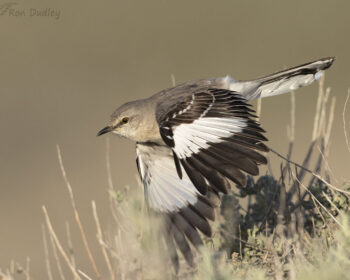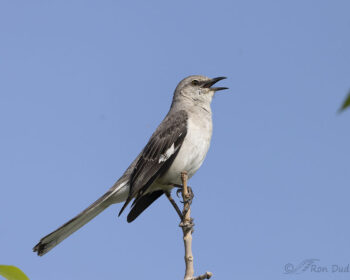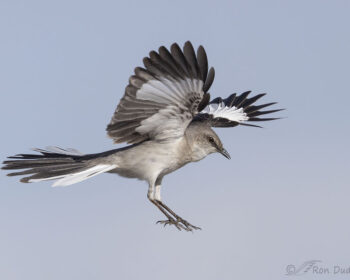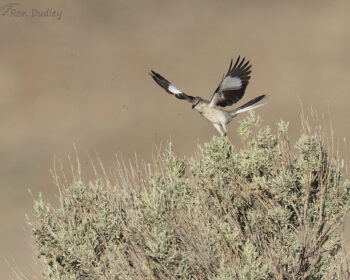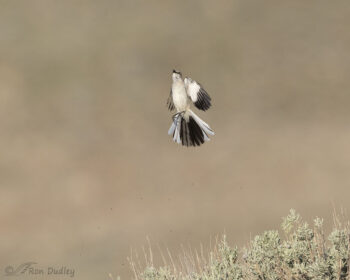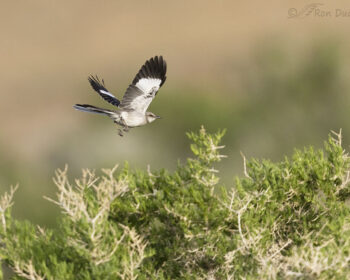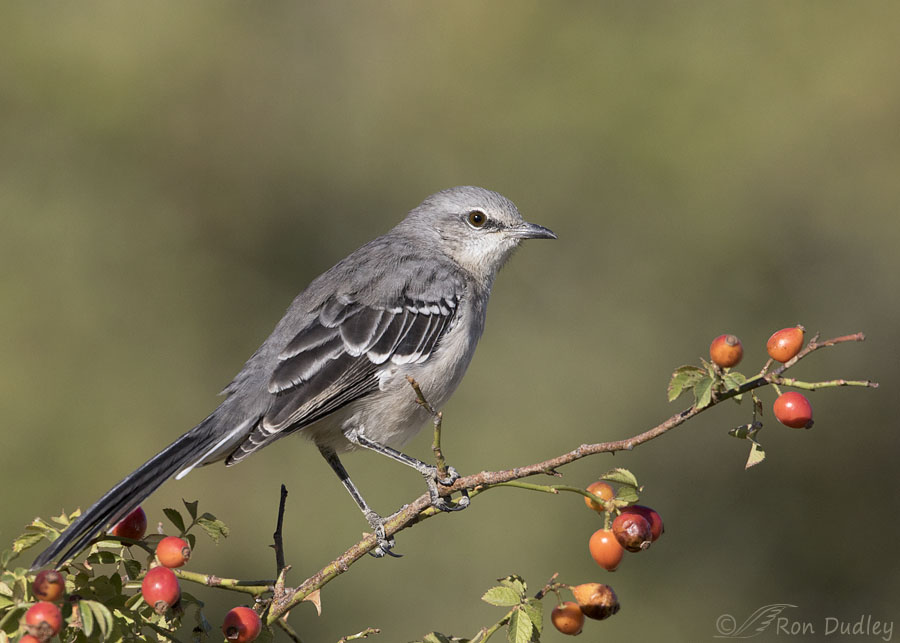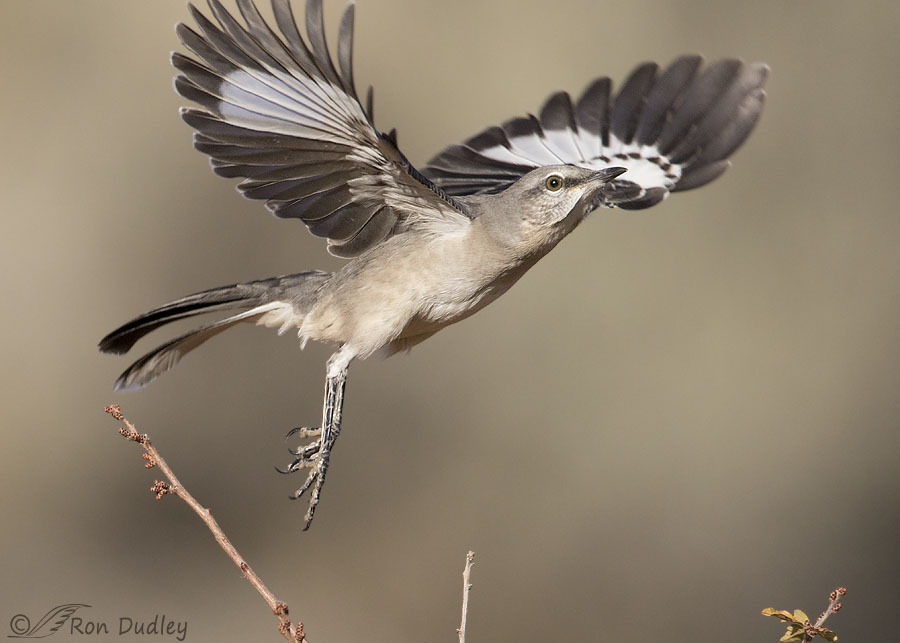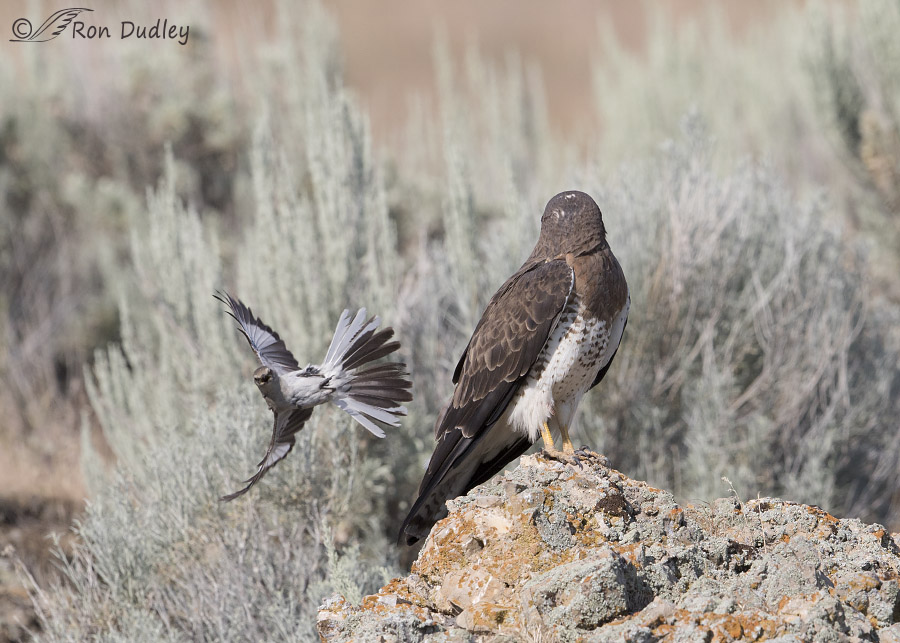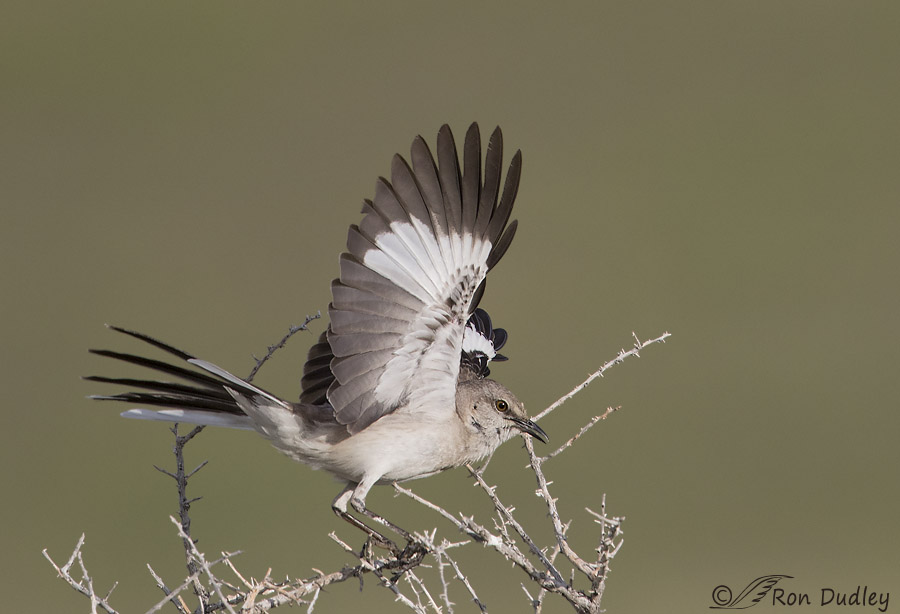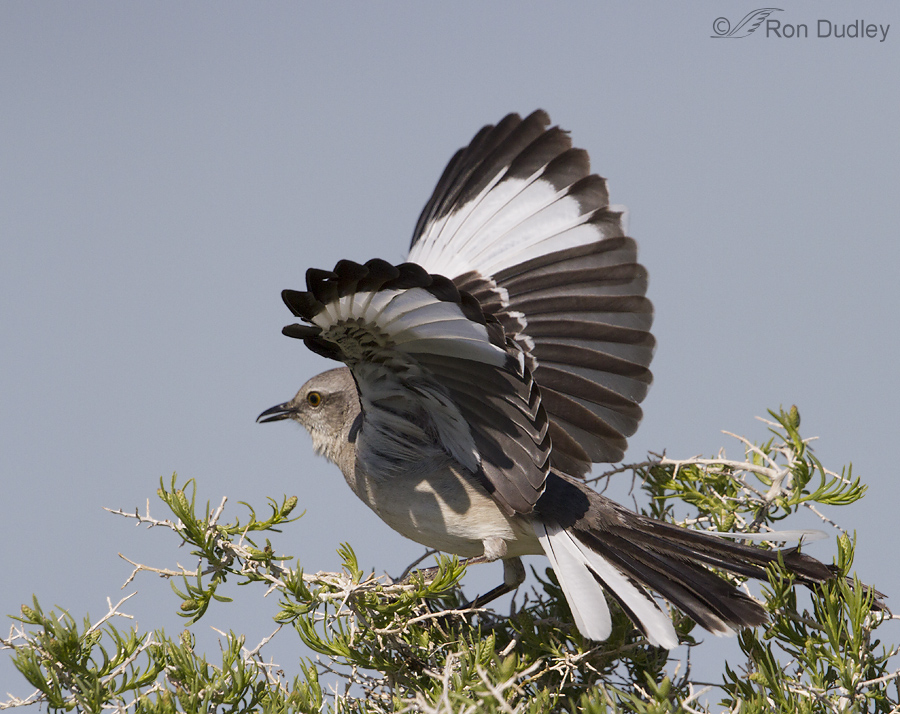Tag: northern mockingbird
The Songs Of A Mockingbird
Northern Mockingbird Landing And A Surprise Gang Of Cuteness
Male Northern Mockingbird Flight Display – Another Performance
Northern Mockingbird Flight Display – An Entire Performance
Northern Mockingbird Flight Display
Three Bird Species On The Same Natural Perch At Different Times
Northern Mockingbirds Are Still Here In Northern Utah
A Northern Mockingbird And Wild Rose Hips
Yesterday I had one of those mornings that bird photographers usually only dream about.
Swainson’s Hawk Harassed By An Oriole And A Mockingbird
Northern Mockingbird Flight Display
Northern Mockingbird Displaying In Low Light
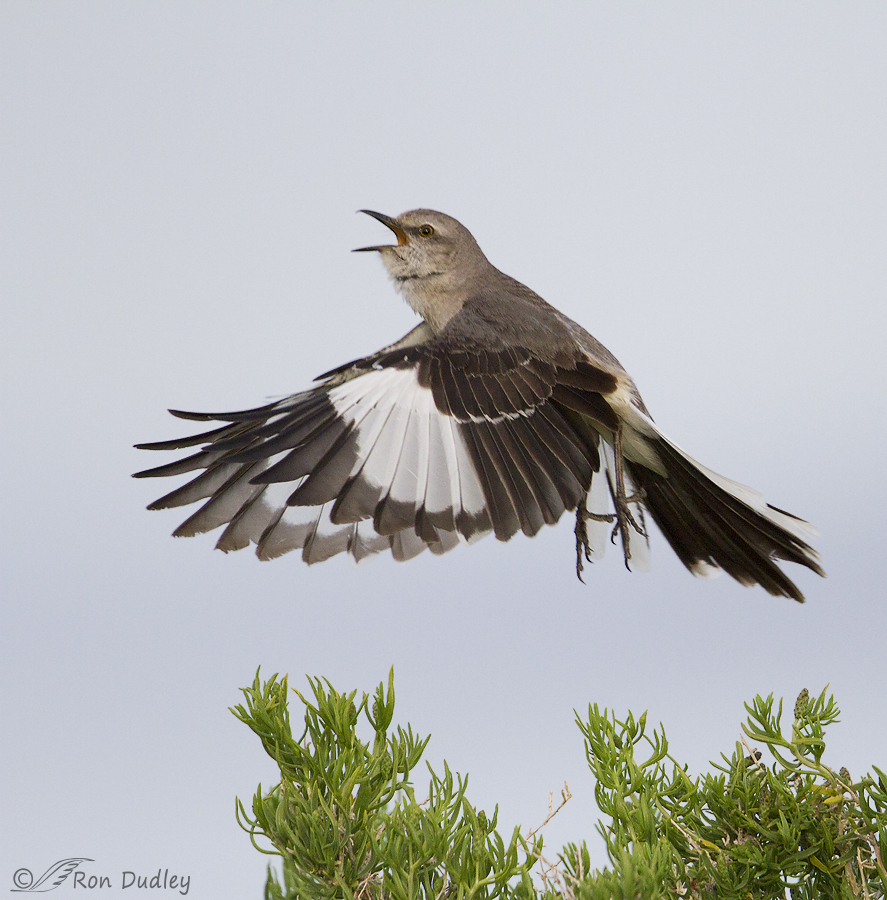
On a dark, cloudy morning on Antelope Island last month I had an opportunity with a displaying Northern Mockingbird. The shooting conditions were difficult but I decided to play at the edge of the limits of my gear and see what I could get. These shots are not sequential of the same take-off and landing but in the order I’ve presented them I think they illustrate the behavior reasonably well.
Mockingbird Flight Display (and a change in shooting technique)
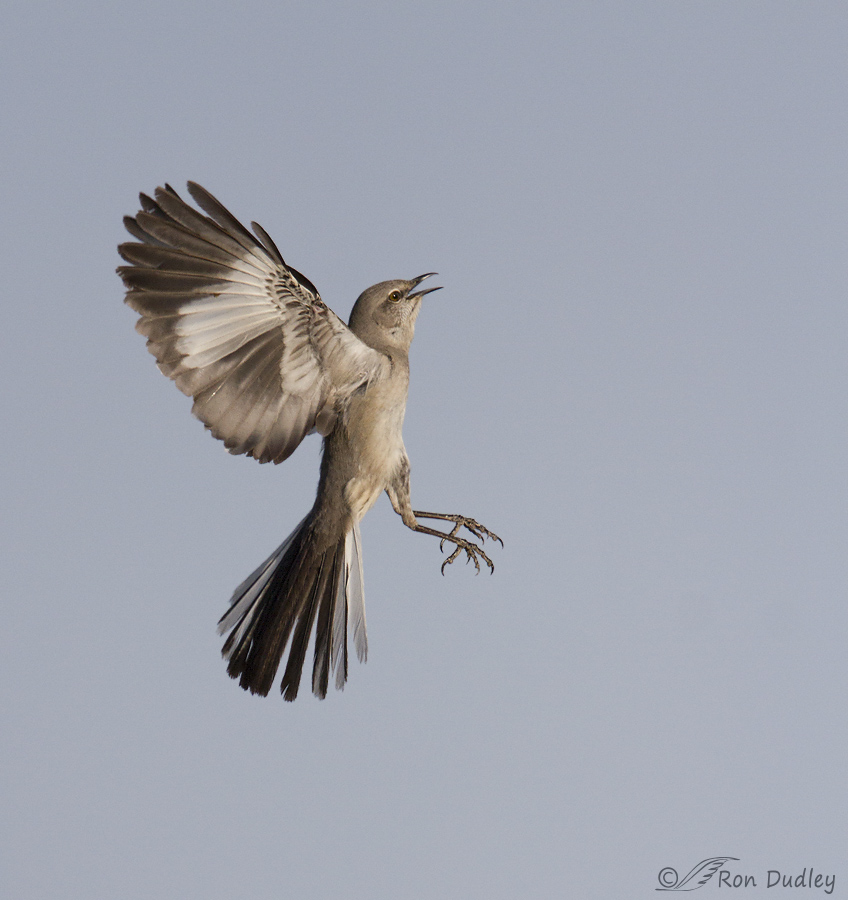
This spring I’ve had several opportunities to photograph the courtship “flight display” of the male Northern Mockingbird. While singing continuously from his perch he jumps almost straight up about six feet as he flaps his wings a couple of times which displays those conspicuous white wing patches and then parachutes down with wings open to the same perch. This performance is repeated every 30-60 seconds or so for an extended period of time.
Northern Mockingbird Flight Display
Sagebrush Perches
For me there’s just something wonderful about sagebrush. In fact, lots of things. When sagebrush is wet its smell is almost intoxicating (at least it is for me). When walking through it that scent comes wafting up and my mind can’t help but wander through old memories and cowboy songs. I love the silvery-gray-green color it lends to a hillside. The presence of sagebrush is essential for many species for nesting, habitat, protection or food. Sage Sparrows, Sage Thrashers and Loggerhead Shrikes nest within the plant and larks, Burrowing Owls and Long-billed Curlews nest on the ground in stands of sagebrush. Sagebrush dominates the diet of the Sage Grouse during late fall, winter and early spring. It also makes for an interesting perch for bird photography even though its growth patterns often put obstructions in front of the bird. Since sage is the dominant plant of the Great Basin in many areas I have regular opportunities to photograph birds perched on it. The various species (Big Sage and Black Sage for example) provide variety in color and leaf shape and sometimes you catch the bird on bare twigs or branches or layers of snow/ice on top of the plant. 1/1000, f/8, ISO 500, 500 f/4, 1.4 tc I photographed this Lark Sparrow on sage yesterday – as you can see, the leaf colors are a soft silvery green in early spring. 1/2000, f/8, ISO 500, 500 f/4, 1.4 tc And this Loggerhead Shrike is from this morning, with the Great Salt Lake (not sky) in the background. I thought I’d…
The Songs Of A Mockingbird
Northern Mockingbird Landing And A Surprise Gang Of Cuteness
Male Northern Mockingbird Flight Display – Another Performance
Northern Mockingbird Flight Display – An Entire Performance
Northern Mockingbird Flight Display
Three Bird Species On The Same Natural Perch At Different Times
Northern Mockingbirds Are Still Here In Northern Utah
A Northern Mockingbird And Wild Rose Hips
Yesterday I had one of those mornings that bird photographers usually only dream about.
Swainson’s Hawk Harassed By An Oriole And A Mockingbird
Northern Mockingbird Flight Display
Northern Mockingbird Displaying In Low Light

On a dark, cloudy morning on Antelope Island last month I had an opportunity with a displaying Northern Mockingbird. The shooting conditions were difficult but I decided to play at the edge of the limits of my gear and see what I could get. These shots are not sequential of the same take-off and landing but in the order I’ve presented them I think they illustrate the behavior reasonably well.
Mockingbird Flight Display (and a change in shooting technique)

This spring I’ve had several opportunities to photograph the courtship “flight display” of the male Northern Mockingbird. While singing continuously from his perch he jumps almost straight up about six feet as he flaps his wings a couple of times which displays those conspicuous white wing patches and then parachutes down with wings open to the same perch. This performance is repeated every 30-60 seconds or so for an extended period of time.
Northern Mockingbird Flight Display
Sagebrush Perches
For me there’s just something wonderful about sagebrush. In fact, lots of things. When sagebrush is wet its smell is almost intoxicating (at least it is for me). When walking through it that scent comes wafting up and my mind can’t help but wander through old memories and cowboy songs. I love the silvery-gray-green color it lends to a hillside. The presence of sagebrush is essential for many species for nesting, habitat, protection or food. Sage Sparrows, Sage Thrashers and Loggerhead Shrikes nest within the plant and larks, Burrowing Owls and Long-billed Curlews nest on the ground in stands of sagebrush. Sagebrush dominates the diet of the Sage Grouse during late fall, winter and early spring. It also makes for an interesting perch for bird photography even though its growth patterns often put obstructions in front of the bird. Since sage is the dominant plant of the Great Basin in many areas I have regular opportunities to photograph birds perched on it. The various species (Big Sage and Black Sage for example) provide variety in color and leaf shape and sometimes you catch the bird on bare twigs or branches or layers of snow/ice on top of the plant. 1/1000, f/8, ISO 500, 500 f/4, 1.4 tc I photographed this Lark Sparrow on sage yesterday – as you can see, the leaf colors are a soft silvery green in early spring. 1/2000, f/8, ISO 500, 500 f/4, 1.4 tc And this Loggerhead Shrike is from this morning, with the Great Salt Lake (not sky) in the background. I thought I’d…


